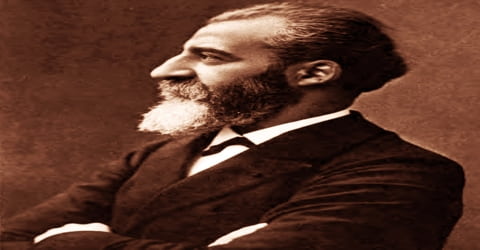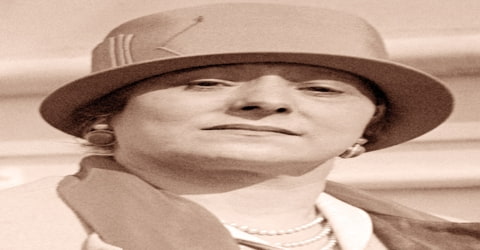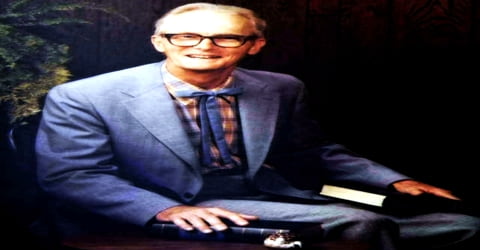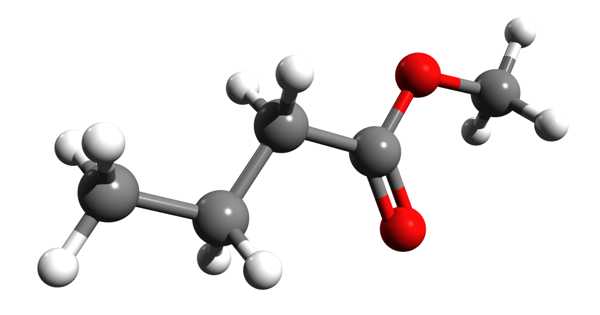Biography of Henri Moissan
Henri Moissan – French chemist.
Name: Ferdinand Frédéric Henri Moissan
Date of Birth: 28 September 1852
Place of Birth: Paris, France
Date of Death: 20 February 1907 (aged 54)
Place of Death: Paris, France
Occupation: Chemist
Father: Francis Ferdinand Moissan
Mother: Joséphine Améraldine (née Mitel)
Spouse/Ex: Marie Léonie Lugan Moissan (m. 1882)
Children: 1
Early Life
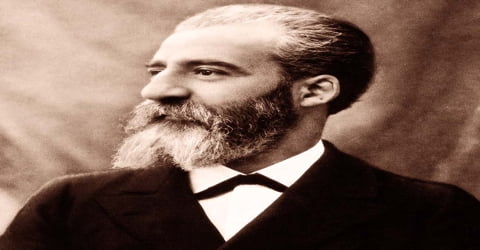
A French chemist who received the 1906 Nobel Prize for Chemistry for the isolation of the element fluorine and the development of the Moissan electric furnace, Henri Moissan was born on 28 September 1852, in Paris, France, the son of a minor officer of the eastern railway company, Francis Ferdinand Moissan, and a seamstress, Joséphine Améraldine (née Mitel).
Born into a modest family in the middle of the nineteenth century, he grew an interest in chemistry from an early age. Unfortunately, it also made him neglect all other subjects. Consequently, he had to leave school sans ‘grade Universitaire’, without which he could not enter any university. He then started training under well-known chemists like Edmond Frémy’ and Pierre Paul Dehérain. Ultimately, it was Dehérain, who convinced him to appear for baccalauréat and pursue formal education. Ultimately, Moissan passed the exam and did his doctoral thesis under Dehérain. Although his first published work was on carbon-dioxide and oxygen metabolism in plants he later shifted to inorganic chemistry and very soon began his research on fluorine. After several failures, he was ultimately able to isolate fluorine for which he was honored with Nobel Prize in Chemistry in 1906. However, he did not stop at that; but continued his research on with his students discovered a number of compounds. Later he also developed an arc furnace, which has since been named after him. In addition to being a meticulous and patient experimentalist, he was also an excellent teacher and had many distinguished students.
Childhood, Family and Educational Life
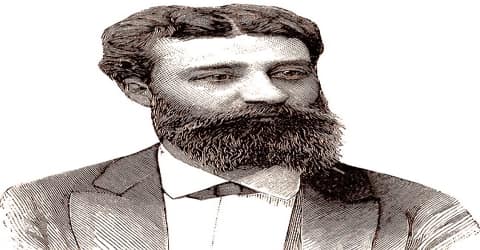
Henri Moissan, in full Ferdinand-Frédéric-Henri Moissan, was born in Paris on 28 September 1852, in a family of Sephardic Jews, originally from South West of France. His father, Francis Ferdinand Moissan, was a junior officer in the Eastern Railway Company and his mother, Joséphine Améraldine (née Mitel), was a seamstress. Moissan was Jewish.
In 1864, Moissan’s family moved to Meaux, where he attended the local school. In 1870 he left the school without the grade Universitaire necessary to attend university. He began working for a chemist in Paris, where he was able to save a person poisoned with arsenic. Moissan decided to study chemistry and began first at the laboratory of Edmond Frémy and later at that of Pierre Paul Dehérain. Dehérain persuaded him to pursue an academic career. He passed the baccalauréat, which was necessary to study at university, in 1874 after an earlier failed attempt. During his time in Paris, he became a friend of the chemist Alexandre Léon Étard and the botanist Vasque.
Very soon, Moissan’s interest turned to inorganic chemistry and he began his research on pyrophoric iron. His paper on this topic was much appreciated by Henri Etienne Sainte-Claire Deville and Jules Henri Debray, the two leading inorganic chemists of that time. With the publication of the paper Moissan got a job at the School of Pharmacy in Paris. Since the salary was not much he took over a customer analysis laboratory for additional income. He also used the space to experiment on chromic acid.
Moissan published his first scientific paper, about carbon dioxide and oxygen metabolism in plants, with Dehérain in 1874. He left plant physiology and then turned towards inorganic chemistry; subsequently, his research on pyrophoric iron was well received by the two most prominent French inorganic chemists of that time, Henri Etienne Sainte-Claire Deville and Jules Henri Debray. Finally, in 1879, Moissan got a job at Agronomic Institute and in 1880, he received his Ph.D. His doctoral thesis was on cyanogens.
Personal Life
In 1882, Henri Moissan married Marie Léonie Lugan. She was the daughter of the pharmacist under whom Moissan took up his first job. The union was lucky for him because it solved much of his financial problems and he could concentrate more on his work. The couple had a son born in 1885.
Career and Works

Henri Moissan now joined School of Pharmacy once more; but this time as an assistant lecturer and a senior demonstrator. Initially, he worked mainly on chromous salts, but by 1884, his attention was turned to the chemistry of fluorine. In the same year, he developed a few organic and phosphorus derivatives of the element. In 1885, Moissan discovered that if potassium difluoride is dissolved into liquid hydrogen fluoride at certain strength the mixture remains a liquid. He also found that at sub-zero temperature the solution could by electrolyzed.
Previous attempts by others to obtain fluorine had not been successful because of the toxicity of fluorine compounds and the difficulty in designing a suitable apparatus. Efforts by Davy, Gay-Lussac, and Thenard had not only been fruitless but injurious to their health. George J. and Thomas Knox of Ireland were seriously affected, and for the Belgian chemist Paulin Louyet and the French chemist Jérôme Nicklés these investigations proved fatal. Fŕ00E8; my was equally unsuccessful in preparing fluorine, as was George Gore of England. Although Moissan’s initial experiments to isolate fluorine, including the electrolytic decomposition of phosphorus trifluoride and arsenic trifluoride, had also failed and proved injurious to his health, he persisted and on 26 June 1886 finally succeeded.
The French Academy of science sent three representatives, Marcellin Berthelot, Henri Debray, and Edmond Frémy, to verify the results, but Moissan was unable to reproduce them, owing to the absence from the hydrogen fluoride of traces of potassium fluoride present in the previous experiments. After resolving the problem and demonstrating the production of fluorine several times, he was awarded a prize of 10,000 francs. In subsequent years, until 1891, he focused on the study of fluorine chemistry. He discovered numerous fluorine compounds, such as (together with Paul Lebeau) SF6 in 1901. His research in the production of boron and artificial diamonds and the development of an electrically heated oven capable of reaching 3500°C using 2200 amperes at 80 volts followed by 1900.
Meanwhile, in 1889, Moissan was elected to the Chair of Inorganic Chemistry. From 1892, Moissan’s interest shifted to a new subject. He now theorized that synthetic diamonds could be made by crystallizing a cheaper form of carbon such as charcoal under the pressure of molten iron. He now set out to prove that experimentally.
In 1892 Moissan developed the electric arc furnace and used it to prepare numerous new compounds and to vaporize substances previously regarded as infusible. He devised a commercially profitable method of producing acetylene. Although he claimed to have synthesized diamonds in his furnace (1893), his success is now seriously doubted. His newly developed arc furnace led to the production of borides and carbides of numerous elements (e.g. silicon boride), another of his research areas.
Moissan eventually succeeded in preparing fluorine in 1886 by the electrolysis of a solution of potassium hydrogen difluoride (KHF2) in liquid hydrogen fluoride (HF). The mixture was needed because hydrogen fluoride is a nonconductor. The device was built with platinum/iridium electrodes in a platinum holder and the apparatus was cooled to −50°C. The result was the complete isolation of the hydrogen produced at the negative electrode from the fluorine produced at the positive one. This is essentially still the way fluorine is produced today. For this achievement, he was awarded the Nobel Prize in 1906. Late in his life, the government of France named him a Commandeur de la Legion d’honneur.
In 1899 Moissan became a professor of inorganic chemistry at this same institution and in 1900 he succeeded Troost in the chair of inorganic chemistry at the Faculty of Sciences. Moissan received the Nobel Prize for chemistry in 1906 and was elected to membership in numerous learned societies both in France and abroad. Through the originality of his research and the effectiveness of his teaching, Moissan attracted an increasing number of students and exerted a remarkable influence on the progress of inorganic chemistry.
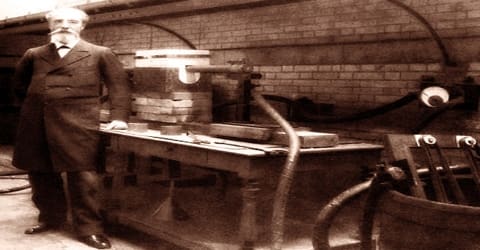
In 1903, Moissan was made a member of Commission on Isotopic Abundances and Atomic Weights, which had been formed in 1899 to produce the Table of Standard Atomic Weights and also to evaluate the published scientific literature. He served the establishment until his death in 1907.
Awards and Honor
In 1906, Henri Moissan received the Nobel Prize in Chemistry. According to the Swedish Academy, the prize was awarded “in recognition of the great services rendered by him in his investigation and isolation of the element fluorine, and for the adoption in the service of the science of the electric furnace called after him”
Moissan was also awarded the Davy Medal by Royal Society of London in 1896, Prix Lacaze in 1897, Elliot Cresson Medal by the Franklin Institute in 1898 and August Wilhelm von Hofmann Gold Medal by German Chemical society in 1903.
Death and Legacy
Henri Moissan died suddenly in Paris on 20 February 1907, shortly after his return from receiving the Nobel Prize in Stockholm. His death was attributed to an acute case of appendicitis.
Isolation of fluorine by electrolyzing the solution of potassium hydrogen difluoride and liquid hydrogen fluoride is one of Moissan’s most important works. Hydrogen produced by the process accumulated at the negative electrode while the fluorine was isolated at the positive electrode. This process of isolating fluorine is followed even today.
Moissan’s scientific works include Le Four électrique (1897; “The Electric Furnace”), Le Fluor et ses composés (1900; “Fluorine and Its Compounds”), and Traité de chimie minérale, 5 vol. (1904-06; “Treatise on Inorganic Chemistry”).
Henri Moissan was also elected member of the Académie de Médecine in 1888, a member of Académie des Sciences in 1891, a member of Conseil d’Hygiène de la Seine in 1895 and a member of Comité Consultatif des Arts et Manufactures in 1898. Sometimes at the beginning of the twentieth century, Moissan was made a Commandeur de la Légion d’Honneur by the Government of France. He was also awarded Fellowships of the Royal Society of London and The Chemical Society (London).
Information Source:
